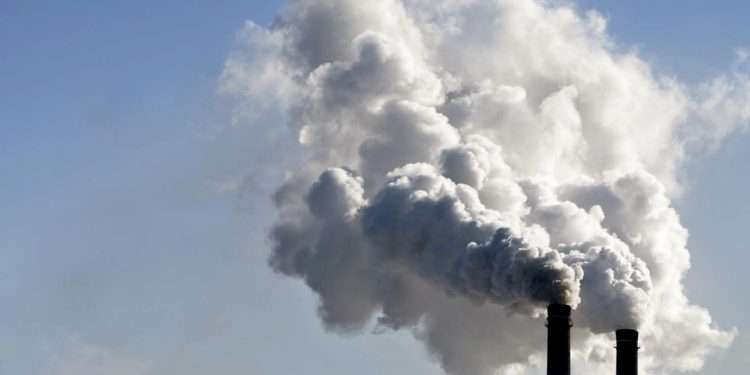Carbon Capture and Storage
This article introduces the definition, classification, and application of Carbon Capture and Storage (CCS).
Related Post: J.P. Morgan Releases Report on Climate Technology Industry Development
Carbon Capture and Storage Definition and Classification
Carbon capture and storage refers to capturing carbon dioxide released from the combustion of fossil fuels and storing it for a long time to prevent it from entering the atmosphere. The Intergovernmental Panel on Climate Change (IPCC) defines carbon capture and storage as the process of separating, regulating, compressing, and transporting carbon dioxide from industrial and energy related sources for long-term isolation from the atmosphere. Carbon capture and storage are crucial for achieving global net zero by 2050, as it can accelerate emissions reduction, offset remaining emissions, and achieve negative carbon dioxide emissions in the future.
Carbon capture and storage can be traced back to the 1930s, when the natural gas industry used chemical solvents to separate carbon dioxide from methane. In the 1940s, physical solvents were used to capture dioxins from industrial equipment under high pressure conditions. In the 1950s and 1960s, solid adsorbents achieved the capture of carbon dioxide in hydrogen and nitrogen production processes. With the development of technology, decarbonization of low concentration diluted airflow has been applied.
Carbon capture and storage can be divided into three types, namely:
- Post combustion carbon capture: Separate carbon dioxide from the exhaust gas generated during combustion, commonly used in power plants.
- Pre combustion carbon capture: The separation of carbon dioxide through gasification of fuel is commonly used in industrial facilities and is in the early stages of application in power plants.
- Oxygen rich combustion systems: Fuel is burned in an almost pure oxygen environment, producing concentrated carbon dioxide that is easily captured.
Carbon Capture and Storage Application
Currently, there are over 200 carbon capture and storage projects in operation or development worldwide, with an estimated annual storage capacity of approximately 45 million tons of carbon dioxide. The 1.5-degree Celsius scenario analysis released by the IPCC predicts that carbon capture and storage will store 1.1 billion tons of carbon dioxide by 2030 and 7.3 billion tons of carbon dioxide by 2050. The Net Zero Emissions released by the International Energy Agency shows that the development rate of carbon capture and storage from 2020 to 2045 may be faster than expected.

The cost of carbon capture and storage depends on the scale, concentration, and storage methods of carbon dioxide. These technologies are usually expensive because there are few companies developing these technologies and they are currently in the early stages of research. In the future, with the expansion of scale, costs may decrease, and this trend is like the development of renewable energy technologies. At current costs, it is uneconomical to apply carbon capture and storage technology in fossil fuel factories.
The International Energy Agency calculates the cost of coal with and without carbon capture and storage at different carbon prices. When the carbon price is between $50-60 per ton, the cost of using this technology is like that of not using it. This indicates that carbon pricing will become an effective economic incentive for the use of carbon capture and storage, motivating companies to apply this technology.

Reference:
A Practical Guide to 1.5°C Scenarios for Financial Users
ESG Advertisements Contact:todayesg@gmail.com








